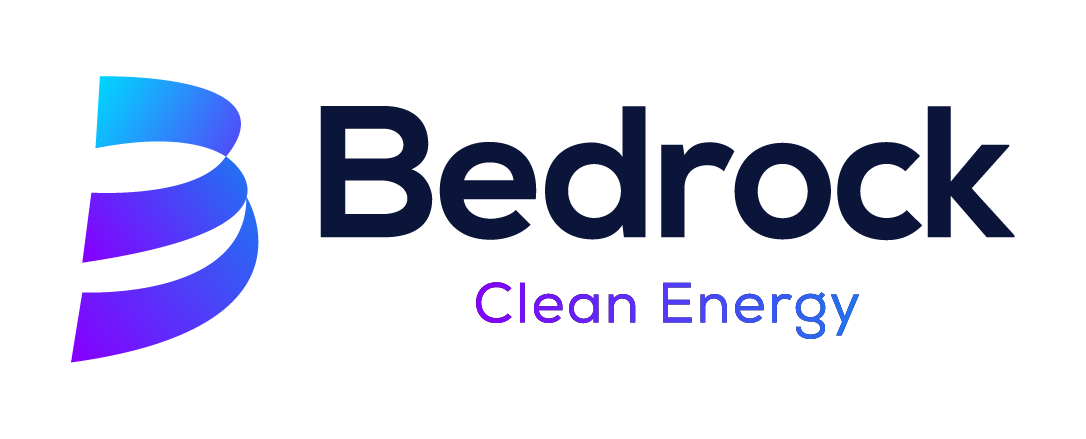- Participating landowners will receive annual payments during project development, construction, and the 30+ year operating life of the project. These payments provide a stable income stream insulated from crop yields and commodity prices.
- Little Rock’s community-based lease ensures that the project’s financial benefits are spread broadly among all participating landowners, not just those who host wind turbines.
- Buyers of wind energy include utilities, data centers, manufacturers, cities, universities, and other entities that use large amounts of power.
- These entities benefit because the “fuel” (wind) is free, making operating costs more stable than those of plants powered by coal, gas, and traditional fuels.
- Many states with the highest shares of wind energy enjoy the lowest average electricity prices.
- Revenues from the production tax for Little Rock Wind Project will be split between Nobles County (80%) and the townships that host the wind turbines (20%), money that can be used to maintain roads and provide services for residents.
- Minnesota's Estimated production tax revenues for the project are $1.0-$1.5 million per year, or $30- $45 million over a 30-year project life.
- Projects in Nobles County generated enough wind energy in 2024 to power 170,000 U.S. homes. With the Little Rock Wind Project, that number would jump to over 270,000 homes, making the county a hub of clean energy.
- As manufacturing is reinvigorated in the US and computing power grows, new plants and data centers are increasingly being sited near large renewable energy sources, bringing new high-skilled jobs.

